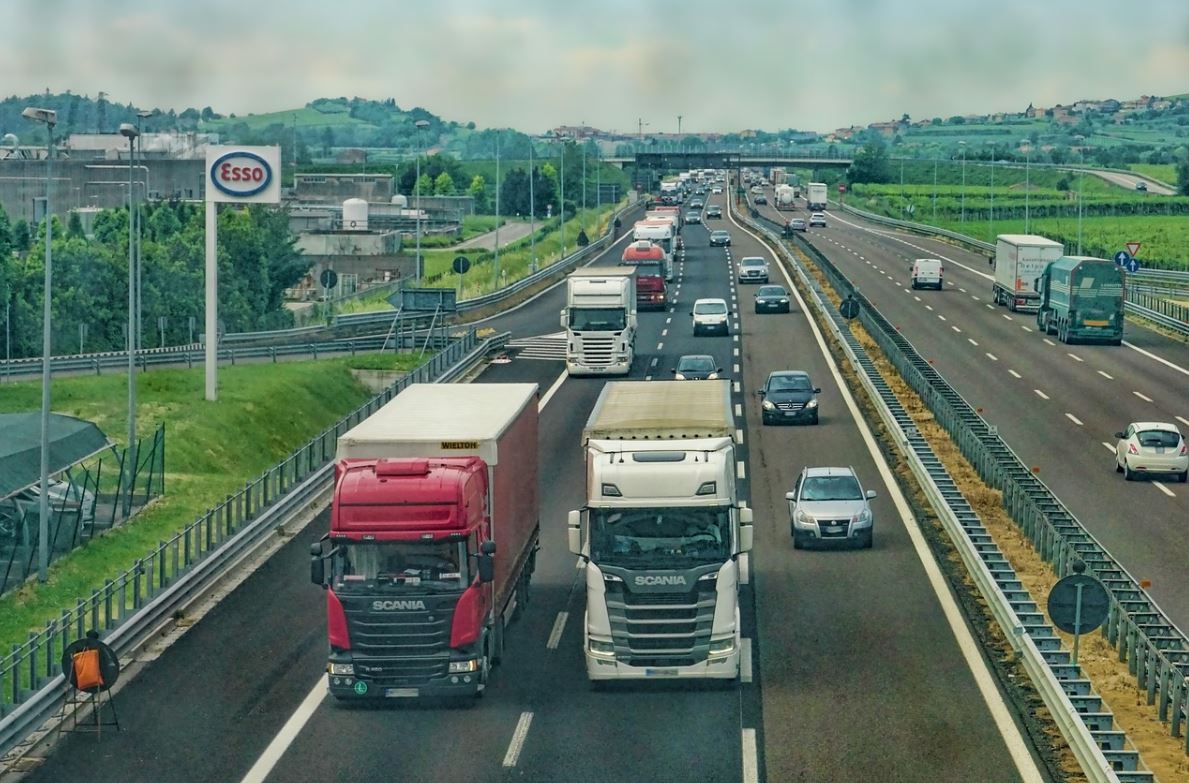The trucking and logistics industry keeps the country moving forward, carrying more than 70% of the country’s retail goods from point A to point B. We’ve come a long way since the days of the Pony Express and only being able to purchase things manufactured locally. Technological advances have been shaping the trucking and logistics sector since the beginning, and will continue to change it far into the future. What current technologies are impacting the trucking and logistics industry?
1. Self-Driving Trucks
The trucking industry is experiencing a labor shortage. Lifelong truckers are reaching retirement age and enjoying their golden years, and there aren’t enough skilled workers coming into the industry to replace them. Some experts estimate the industry will need upwards of 100,000 new drivers to meet the sector’s needs in the coming years. What can you do if there aren’t any drivers to fill open jobs?
Some manufacturers are trying to make the shift to self-driving semi-trucks, or technology that can convert existing trucks to a self-driving model. Waymo, Google’s autonomous vehicle startup, is currently conducting road tests of its Waymo Driver, an autonomous system that can pilot Class 8 trucks across the country. Uber is also working on self-driving trucks with its Uber Freight division, and of course, you can’t mention self-driving trucks without a nod at Tesla.
If it turns out to be possible to iron out all the wrinkles in the tech, it might be the tool the industry needs to offset the growing labor shortage that will only get worse in the coming years.
2. Robotics
Now on to the logistics side of things, we’ve got Amazon and the robotics arms race. In 2012, the retail giant bought Kiva, a robotics startup, hoping to use its technology to improve fulfillment times. While they haven’t replaced human workers, they do help keep things moving by picking and packaging orders more quickly and accurately.
Robots won’t fully overtake the logistics industry for quite a while, even for companies like Amazon. According to Scott Anderson, Amazon’s director of robotics fulfillment, they’re at least a decade away from creating fully automated distribution centers. Right now, the little Kiva robots dotted around Amazon’s warehouses are skilled at doing a single repetitive task, but aren’t yet capable of deviating from that programming. Still, with Amazon starting a robotics arms race with their purchase of Kiva, it’s only a matter of time before robotics changes the entire logistics industry.
3. IIoT (Industrial Internet of Things)
As a truck driver, there is nothing worse than getting stuck on the side of the road waiting for repairs or a tow. It screws up your delivery schedule and makes it harder to get things done. Implementing the IIoT in the trucking industry could help reduce these occurrences by providing fleet owners and drivers with real-time diagnostic information. Networked IIoT sensors keep track of everything from engine temperature to RPMs and everything in between, giving fleet owners the tools they need to schedule service, prevent problems before they occur and keep their fleet moving forward.
4. Wearable Technology
When you hear “wearable technology,” you might think of a Fitbit or an Apple Watch, but this technology is reshaping the logistics industry. Experts expect more than 70% of logistics facilities to adopt wearable technology in the next five years for their employees. Wearables could consist of a scanner that keeps warehousing employees from picking the wrong items, or watches that provide directions to each product they need to pull. The possibilities are endless. The goal of introducing wearable technology in the logistics industry is to make the sector more efficient and productive, while giving employees the tools they need to do their jobs well.
Of course, when it comes to wearable technology in logistics, it’s not all sunshine and roses. Amazon’s plan to require their distribution center employees to wear movement-tracking technology encountered resistance, with industry experts citing privacy concerns and worries that the tech could make warehouse workers more susceptible to exploitation. Still, with proper safeguards in place, wearable technology could help make the logistics industry more accurate and efficient than ever.
Looking Toward the Future
Advances in technology have always shaped the trucking and logistics industry, and there’s no reason for us to believe the trend will stop anytime soon. Self-driving trucks might help counter the growing labor shortage, and the IIoT could help keep fleets on the road by preventing breakdowns before they have a chance to occur. Wearable technology and robotics are taking the logistics industry by storm.
These are just a few examples of potential applications for technology in the trucking and logistics sectors. We’ve come a long way, and in the future, we will continue moving forward, helping the country’s economy thrive for years to come.

